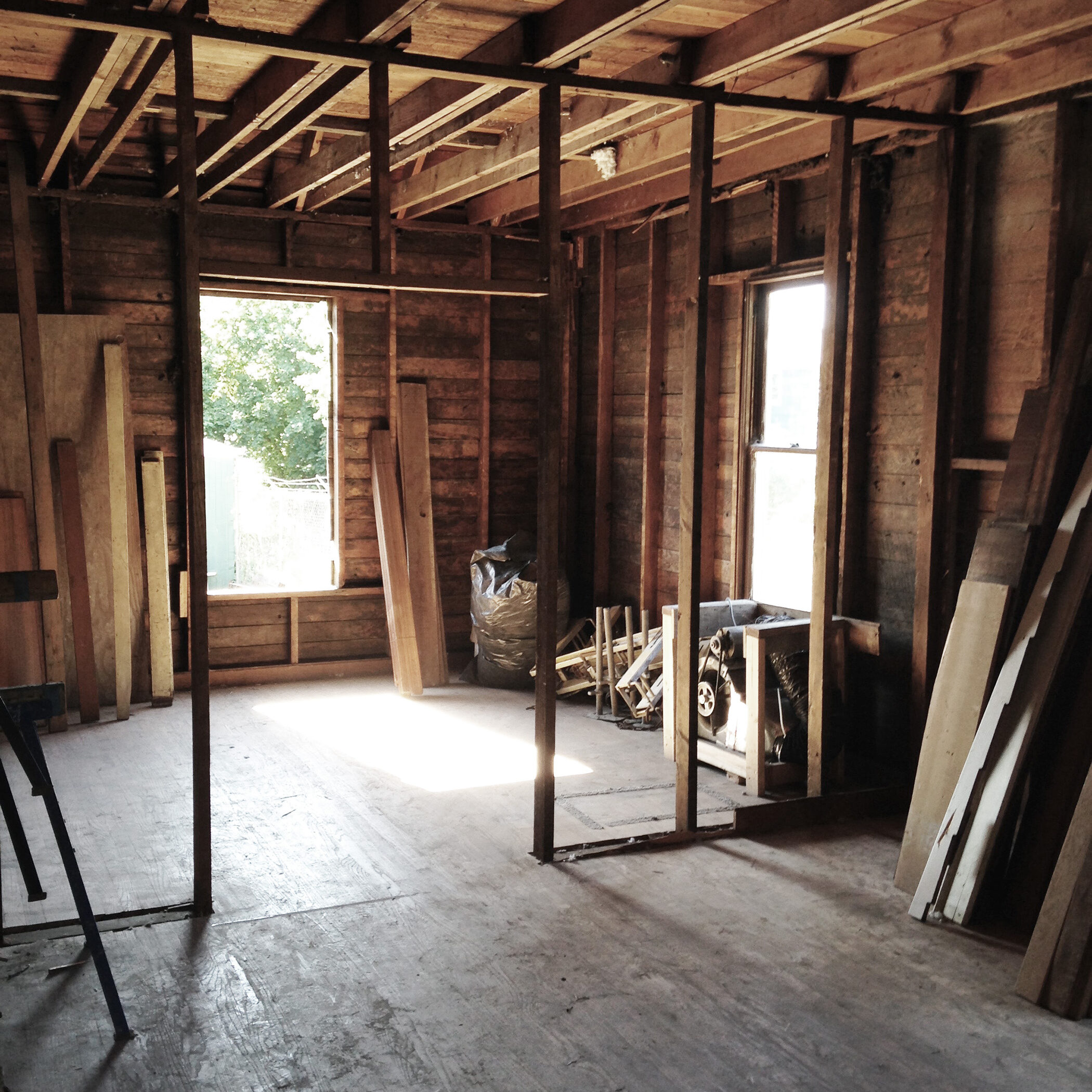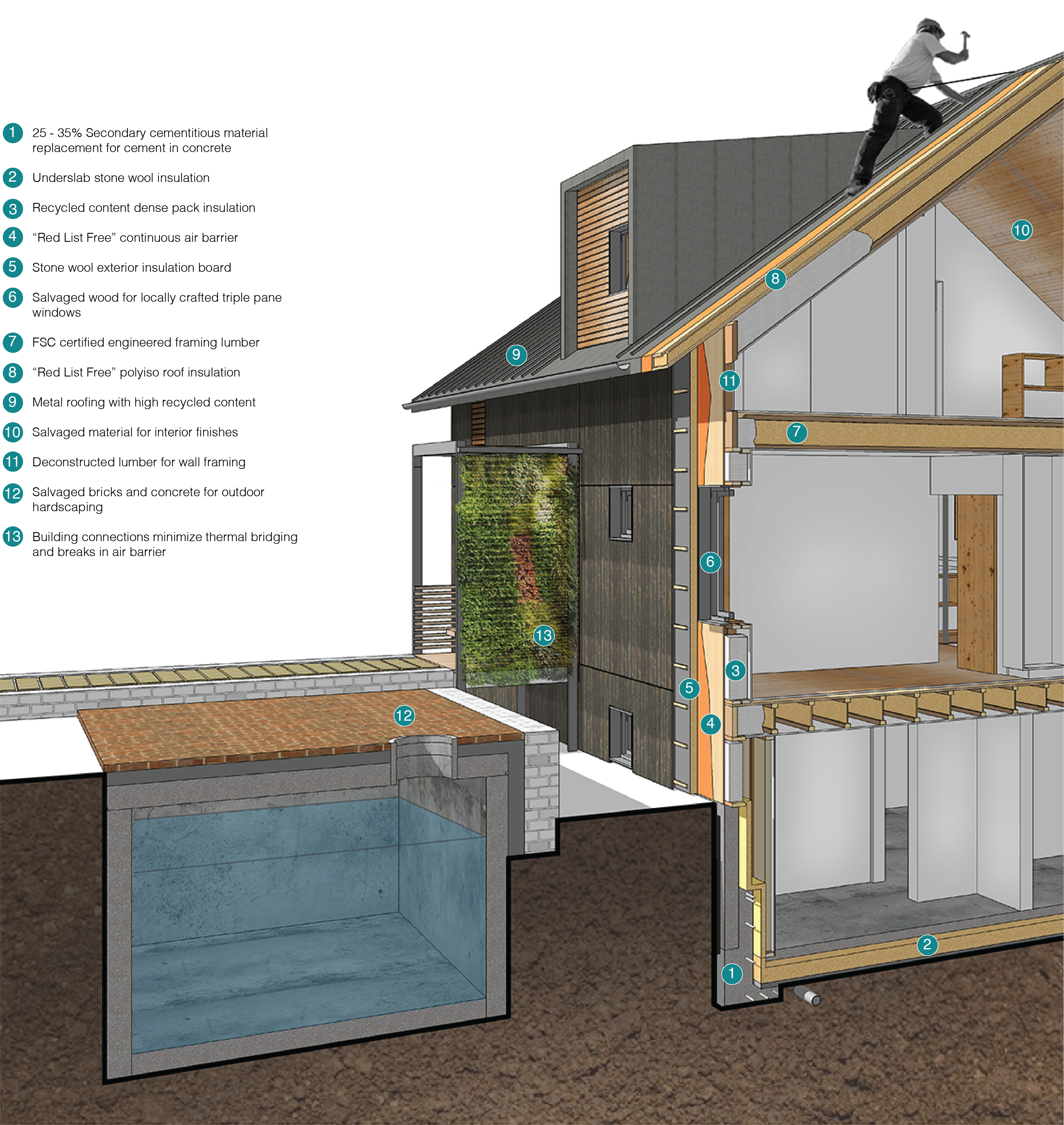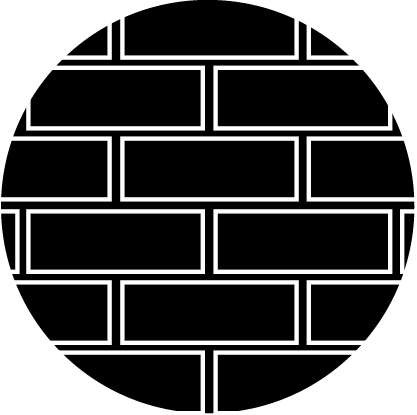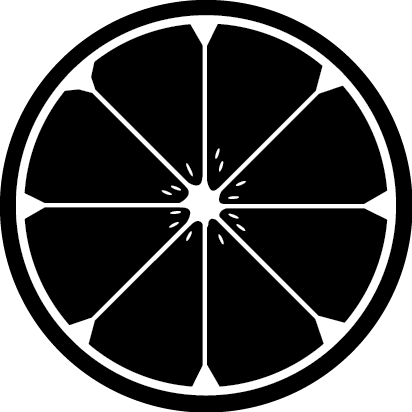
What is 'Remade'?
Homestead remade far surpasses a typical remodel or equivalent new construction project. Knowing that a typical “Code Built” new home spends anywhere from 80-100 tonnes of CO2e, we embarked on this project with the goal of designing as many existing elements as possible into the new home. We started with assessing the original foundation and decided that a retrofit of the existing concrete structure would eliminate nearly half of the required concrete needed for a completely new foundation. Most importantly this eliminates the associated carbon cost of removal and recycling of the existing embodied energy. The decision to painstakingly deconstruct the existing home was made as a means to up-cycle it's entirety into the new structure. All of the existing wood elements will find a form in the new residence reducing our need for virgin materials and the transportation of those materials. Douglas fir sheathing boards and cedar siding will be milled on site and re-purposed for rain-screen cladding. Framing Lumber “Shorts” that meet the grade will be salvaged and turned into the new super energy efficient window package. Existing concrete slabs and salvaged chimney bricks will be transformed into landscape structures. Piece by piece the existing home will be remade and what can't be used in the construction will be source separated on site, free-cycled or delivered into the materials appropriate recycle stream.
Local Economy Sourcing
To support investment in local economies in turn stimulating local economic growth, to strengthen community ties and to minimizes environmental impacts associated with transportation of products and people, the Living Building Challenge dictates specific sourcing distance requirements that we will follow. Above is a diagram showing the material sourcing locations for Homestead Remade. As many materials as possible will be sourced and produced on site and in the Seattle area. Items that can not be locally produced will be sourced based on divisions of 500 km, 1000 km, and 5000 km or less. A final small portion of products are allowed to be sourced from anywhere in the world.
Building Sustainably
The concept of sustainable building integrates a variety of strategies during the design, construction and operation of building projects. Sustainable building materials offer resource efficiency, optimal indoor air quality, energy efficiency, water conservation and other countless benefits to the building owner and building occupants. We used resource efficient building materials and strategies with the following characteristics in the design of Homestead Remade.
Recycled Content: Products with identifiable recycled content, including postindustrial content with a preference for post-consumer content.
Natural, plentiful or renewable: Materials harvested from sustainably managed sources and preferably are certified by an independent third party.
Resource efficient manufacturing process: Products manufactured with processes including reducing energy consumption, minimizing waste and reducing greenhouse gases.
Locally available or produced on site: Building materials, components, and systems found locally or regionally saving energy and resources in transportation to the project site.
Salvaged, refurbished, or remanufactured: Saving material from disposal and renovating, repairing, restoring, or generally improving the appearance, performance, quality, functionality, or value of a product.
Reusable or recyclable: Select materials that can be easily dismantled and reused or recycled at the end of their useful life.
Durable: Materials that are longer lasting than conventional products with long life expectancies.









